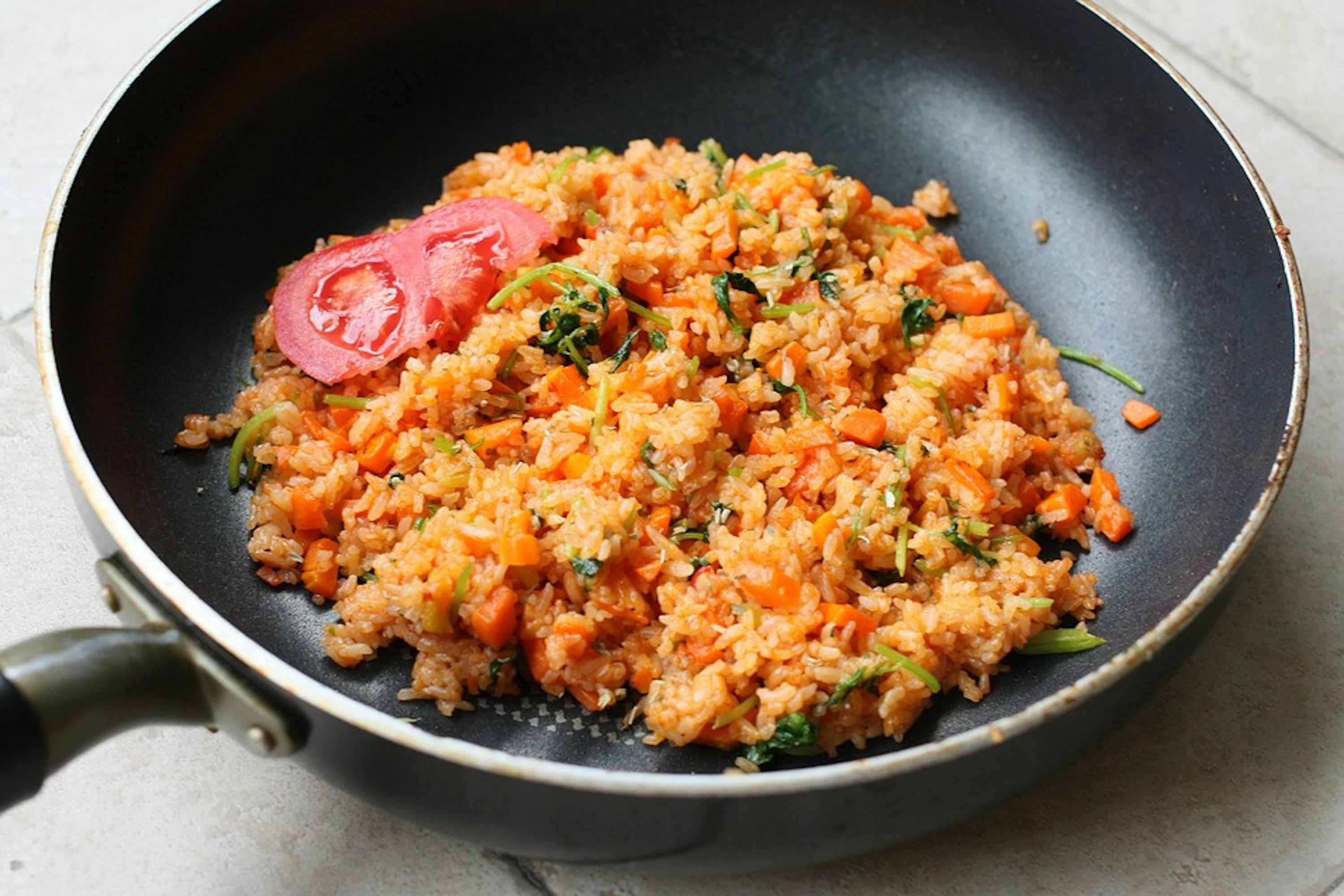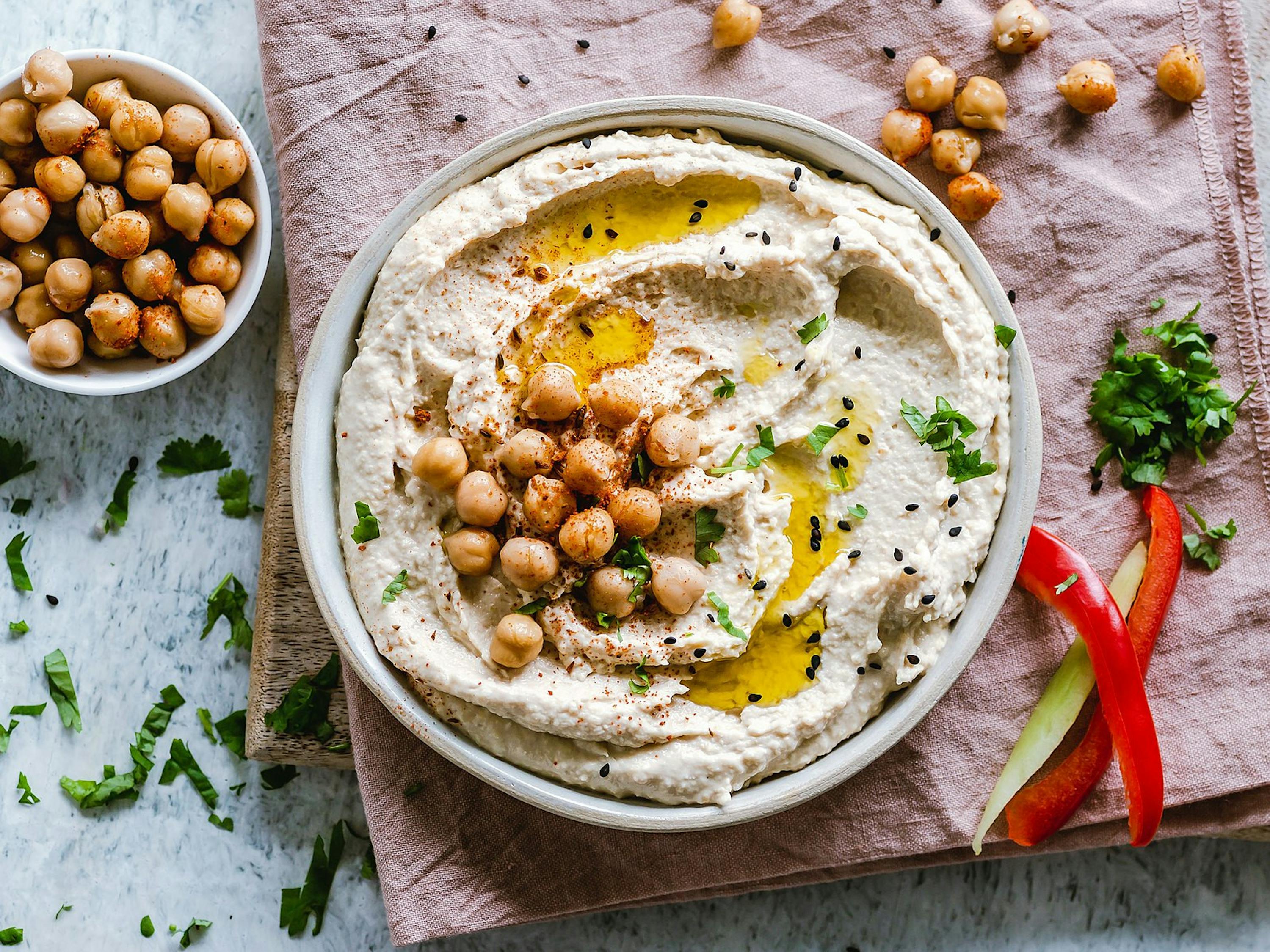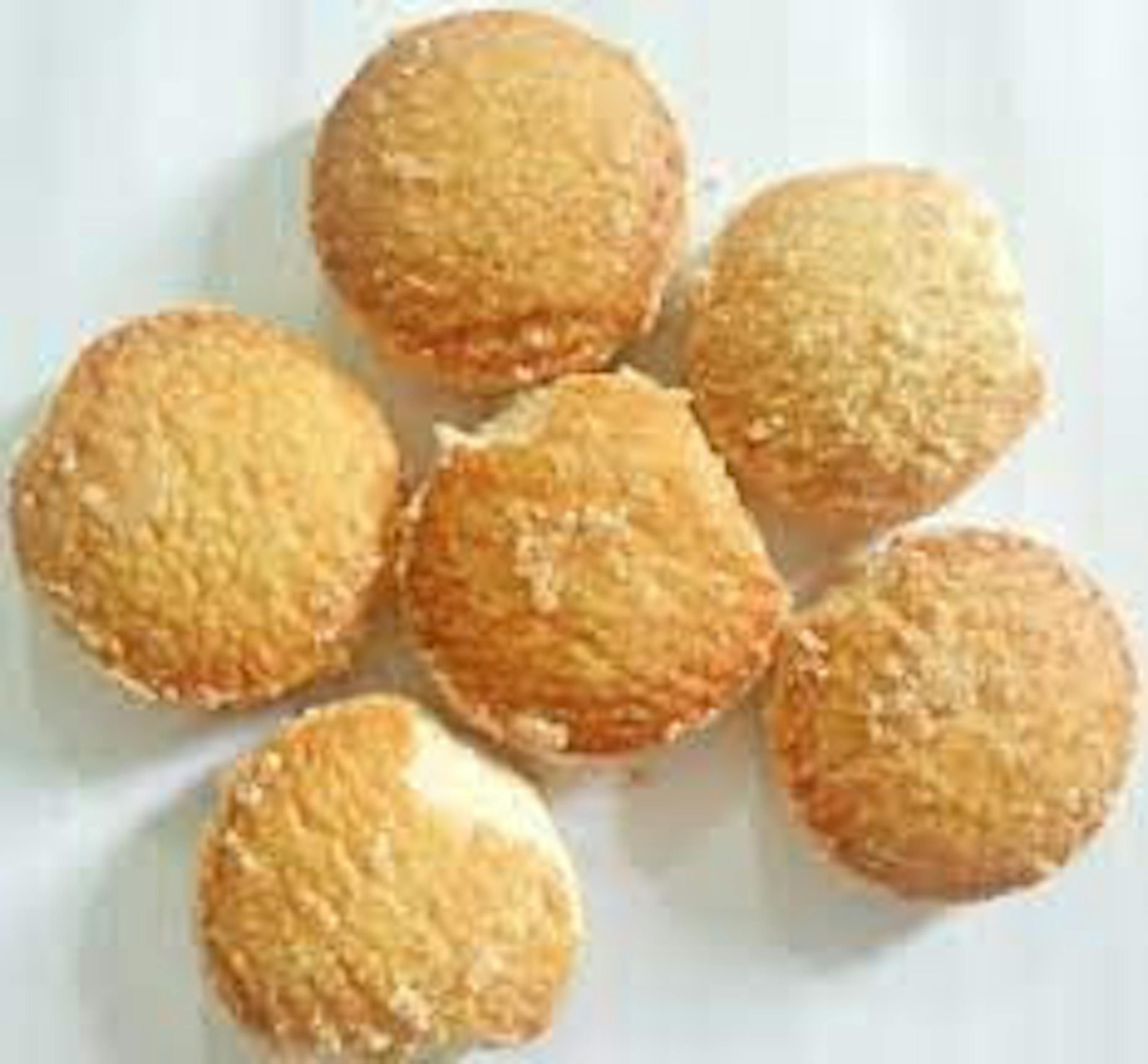Everyone loves food. Aside from being a warm escape from the ever-cooling Baltimore weather, food gives us all something to bond over. Each region of the world has its trademarked delicacies. No matter the ingredients, however similar they are across geographic areas, each location brings its own taste to the table and its distinct palate to the picnic. Each culture revels in its own scrumptious glory.
With the arrival of the Class of 2025 came the addition of various new cultures, customs and cuisines here at Hopkins. Catch a glimpse out on the Beach as freshmen sprawl into picnic cliques, delighting over CharMar Meals in a Minute. Peek inside Wolman's social lounge to find students from across the world engaged in thoughtful discussion about the Fresh Food Café. Or take a trip down to Nolan’s on 33rd to find those looking for the tasty crab cakes native to Baltimore’s seafood culture.
Representing 49 U.S. states, Puerto Rico, D. C. and 89 other countries including China, India, South Korea and Canada, the Class of 2025 has made its name as one of the most diverse in University history. According to the University, roughly 20% of the undergraduate demographic comprises international students, and though they arrive from all corners of the world speaking a cacophony of languages, the language students all resonate with is the one of food.
In taking a cross-section of the international flavor here at Hopkins, four students have risen to the occasion: freshmen Rawan Elshobaky, Angala Rajasegaran and Bill Njoroge and sophomore Edward Lo.
Koshari (Egypt)

BASMA/CC BY-SA 4.0
Koshari is the official national dish of Egypt.
Elshobaky is a freshman majoring in Molecular and Cellular Biology from Egypt although she attended high school in South Africa. It would be remiss to acknowledge one and not the other, so he proposes two dishes.
Though heavily influenced by Indian cuisine, koshari is a dish that has nestled itself inside the homes of Egypt where the people have tended to it and mended it, creating their own version. Think of Egypt's national dish as like spaghetti but with rice, sauce and corn. Like good stir-fry, it can be used and left over and reused and re-left over.
Ingredients:
- 1 ½ cups of brown lentils, picked over and well rinsed
- 1 ½ cups of medium-grain rice, rinsed, soaked in water for 15 minutes, drained
- ½ teaspoon each of salt and pepper
- ½ teaspoon of coriander
- 2 cups of elbow pasta
- Cooking oil
- Water
- 1 15-oz can of chickpeas, rinsed, drained and warmed
Instructions:
- Cook the lentils. Bring the lentils and four cups of water to a boil in a medium pot or saucepan over high heat. Reduce the heat to low and cook until the lentils are just tender (15-17 minutes). Drain from water and season with a little salt (note: when the lentils are ready, they should not be fully cooked. They should be only par-cooked and still have a bite to them as they need to finish cooking with the rice).
- Drain the water from the rice. Combine the par-cooked lentils and the rice in the saucepan over medium-high heat with 1 tablespoon cooking oil and the salt, pepper and coriander. Cook for three minutes, stirring regularly.
- Add warm water to cover the rice and lentil mixture by about 1 ½ inches (you'll probably use about three cups of water here). Bring to a boil; the water should reduce a bit. Now cover and cook until all the liquid has been absorbed and both the rice and lentils are well cooked through (about 20 minutes).
- Keep covered and undisturbed for 5 minutes or so.
- While the rice and lentils are cooking, make the pasta according to package instructions by adding the elbow pasta to boiling water with a dash of salt and a little oil. Cook until the pasta is al dente. Drain.
- Cover the chickpeas and warm briefly before serving.
Jollof rice (South Africa)

PUBLIC DOMAIN
The specific ingredients and preparation steps for jollof rice vary across West Africa.
This dish originated from the area spanning the Jolof Empire and has spread to many regions of Africa, including South Africa.
Ingredients:
- ⅓ cup of oil (vegetable/canola/coconut oil, not olive oil)
- 6 medium-sized fresh plums/Roma tomatoes, chopped, OR a 400-gram tin of tomatoes
- 6 red poblano peppers (or 4 large red bell peppers), seeds discarded
- 3 medium-sized red onions (1 sliced thinly, 2 roughly chopped), divided
- ½ – 1 hot pepper, or to taste (yellow Scotch bonnets recommended)
- 3 tablespoons of tomato paste
- 2 teaspoons of (Caribbean/Jamaican-style) curry powder
- 1 teaspoon of dried thyme
- 2 dried bay leaves
- 5 to 6 cups of stock (vegetable, chicken or beef) or water, divided
- 4 cups of uncooked, converted long-grain rice or golden sella basmati rice, rinsed
- Salt to taste
- Black and white pepper to taste
- 2 teaspoons of unsalted butter (optional), divided
- Extra: sliced onions, tomatoes
Instructions:
- In a blender, combine tomatoes, red poblano (or bell) peppers, chopped onions and Scotch bonnets with two cups of stock. Blend till smooth for about a minute or two. You should have roughly six cups of blended mix.
- Pour the mix into a large pot/pan and bring to boil. Then, turn it down and let simmer while covered for 10 to 12 minutes
- In a large pan, heat oil and add the sliced onions. Season with a pinch of salt and stir-fry for two to three minutes.
- Add bay leaves, curry powder and dried thyme to the pan and a pinch of black pepper for three to four minutes on medium heat.
- Add the tomato paste and stir for another two minutes.
- Add the reduced tomato-pepper-Scotch bonnet mixture. Stir and set on medium heat for 10 to 12 minutes with the lid on until reduced by half. This is the stew that will define the pot.
- Add 4 cups of the stock to the cooked tomato sauce and bring it to boil for one to two minutes.
- Add the rinsed rice and butter. Stir and cover with a double piece of foil/baking or parchment paper and put a lid on the pan — this will seal in the steam and lock in the flavor. Turn down the heat and cook on low for 30 minutes.
- Stir rice — taste and adjust as required. Serve generously!
Hummus (Bahrain)

ELLA OLSSON/CC BY 2.0
Rajasegaran’s hummus recipe allows her to blend her Middle Eastern and South Asian roots.
Rajasegaran, a freshman majoring in Molecular and Cellular Biology and Psychology, comes from Bahrain. Her signature potluck dish is hummus.
"Growing up in the Middle East was the beginning of a love affair with hummus for me," she said. “It’s one of the most simple yet beautiful recipes.”
Travel was a big part of Rajasegaran’s upbringing, and having a go-to food was imperative for a life as fast paced as hers. But to Rajasegaran, hummus means more than just ground chickpeas and lemon. It is a bridge between the two cultures of Bahrain and India.
“When I introduced this recipe to my family back in India, they added their own personal touches with Indian spices and seasonings, like chili powder, garam masala, cilantro and mint," she said.
This fusion of food is crucial to Rajasegaran’s identity. When food carries cultural weight like this, it transports in a way no other food can. Try it out yourself:
Ingredients:
- ½ cup of cooked chickpeas, drained and rinsed
- ½ cup of smooth tahini
- 2 tablespoons of extra-virgin olive oil
- 2 tablespoons of fresh lemon juice, more to taste
- 1 garlic clove
- ½ teaspoon of sea salt
- 5 tablespoons of water as needed to blend
- Paprika, pepper flakes, parsley and any available masalas for garnish
- Warm pita bread and veggies for serving
Instructions:
- In a high speed blender, place all ingredients. Use the blender baton to blend until very smooth, adding water as needed to blend or desired consistency is reached.
- Transport to a serving plate and serve with warm pita, veggies and affection!
Githeri (Kenya)

Njoroge is a international student coming from Kenya.
Native to Kenya, githeri, otherwise known as muthere, is a traditional meal of sweet maize and legumes. Like açai bowls here in the United States, githeri has become a popular food amongst the youths of cities in Kenya like Nairobi. Find yourself amongst the many colleges and universities in Eastern Africa and you are likely to find Githeri as the primary meal served to students.
Ingredients:
- 500 grams or 1 pound of beef
- 400 gram of brown or white beans (if bought fresh, soak them overnight)
- 400 grams of fresh corn kernels
- 2 tablespoons of peanut oil
- 1 onion
- 2 tomatoes
- 2 potatoes
- 1 fresh chili (add only if you can handle spicy food)
- 1 tablespoon of tomato paste
- Cumin powder
- Chili powder
- Turmeric powder
- Garlic powder
- Salt and pepper
- 1 lemon
Instructions:
- If you bought fresh beans and corn, boil them first until tender. Make sure to save the water in which you boil your corn and beans to save the flavors (but if you bought both from a can there is no need to boil the corn and beans).
- Cut the beef into small cubes and boil them in water with a bit of salt, pepper, turmeric and cumin powder. Make sure the beef is very tender and soft.
- Chop the vegetables into small cubes (onions, tomatoes, potatoes and chili).
- Boil the potato cubes for a short period.
- Heat two tablespoons of peanut oil in the pan and fry the onions slightly before adding the tomato paste and a bit of garlic powder.
- Add the tomatoes and cook them with some of the water from the boiled beans (or from the can of beans) on low heat until the tomatoes get very soft.
- Add the chili and add some of the other spices according to taste. Add the tender beef cubes and mix them in well.
- Add the boiled potatoes, beans and corn and mix them in well.
- Add some of the stock from the beef to just cover the beans. Simmer the pan over a very low fire while stirring it slightly. Add some extra salt and pepper if needed.
- After simmering for a bit it is ready to serve. Plate with half a lemon for your guests to squeeze according to their tastes.
Taiwanese Dumplings (Taiwan)

PUBLIC DOMAIN
Usually served with soy sauce, Taiwan's dumplings are fun to assemble at home.
Lo is a sophomore Biomedical Engineering major from Taipei, Taiwan. Whether labeled as a gyoza, jiaozi, wonton or mandu, it is common in East Asian culture to dine on small, savory balls of goodness. Despite the competition, Taiwanese dumplings have distinguished themselves. Here is how Lo makes them:
Ingredients:
- Ground pork
- Napa cabbage leaves
- Green onions
- Shiitake mushrooms
- Bok choy
- Garlic
- Soy sauce
- Sesame oil
- Dumpling wrappers
Instructions:
- Mix all ingredients in a large bowl.
- Take a small clump and put it into the center of a wrapper.
- Shape the dumplings — slightly wet the rim of the wrapper and fold in half, then layers.
- Boil dumplings in a large pot and wait until they start floating to make sure the filling is fully cooked.
- Remove them from the water and serve with soy sauce.
It is important to cherish the culinary contributions of each modern and historic culture because it was through this spirit of collaboration, curiosity and diversity that these international cuisines came about in the first place.
So next time you find yourself wanting more than the dining halls of Hopkins, don’t be afraid to try a new international recipe. You may just fall in (culinary) love with it.

Bonus recipe: nankhatai cookies (India)
As the weather now cools, it is only right that I attach my own recipe for warm Indian cookies. Taken usually with chai at noon, these cookies melt right into your mouth — that or into your glass of boiling hot tea. No one truly has mastered the art of dipping a cookie. Try it out:
Ingredients:
- All-purpose flour
- Powdered sugar
- Cardamom powder (for a hint of flavor)
- Salt
- Ghee (lends a subtle nutty flavor to these buttery cookies)
- Slivered nuts (as a garnish)
Instructions:
- In a large mixing bowl, combine all the flours, salt and cardamom powder. Whisk together.
- Gradually add ghee (in its semi-solid state) to the dry ingredients. With your fingers, work the ghee into the flour mix until fully incorporated. Add melted ghee and mix until the mixture comes together like a dough.
- Using your hands, take 2 tablespoons of dough and roll it into a small golf-sized ball. Slightly flatten the dough and using your fingers and smoothen the edges. Place them on a greased baking tray.
- Make a small “X” or a criss-cross line on all the nankhatais, and sprinkle cardamom powder on top.
- Cover the dough and refrigerate for 30 minutes to an hour. This is an important step that will prevent overspreading.
- Once chilled, bake in a preheated oven for 14 to 16 minutes or until just slightly golden on the edges.
- When fully baked, remove from the oven and set them on the counter. Allow the freshly-baked nankhatais to cool in the tray for four to five minutes. After that transfer the nankhatai to a wire rack to finish cooling (as they cool the nankhatai will continue to firm up).




